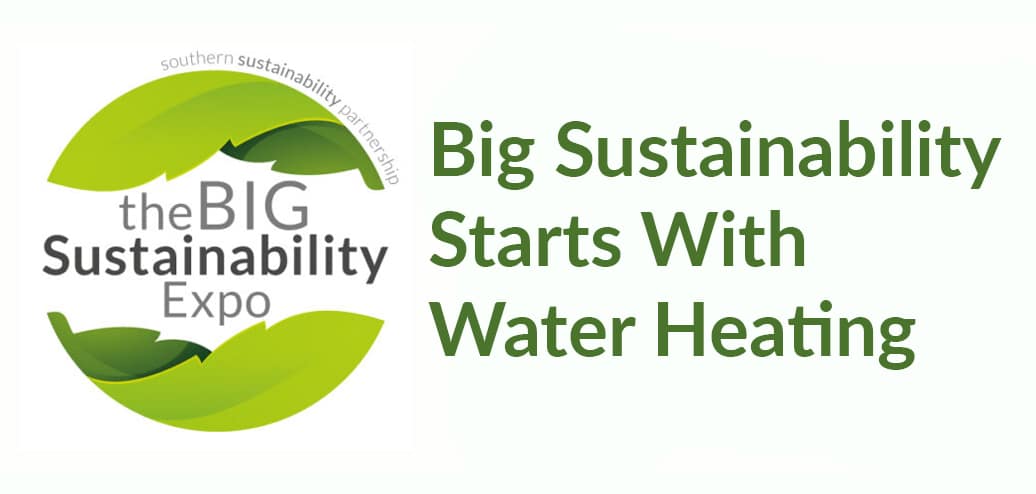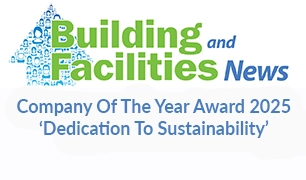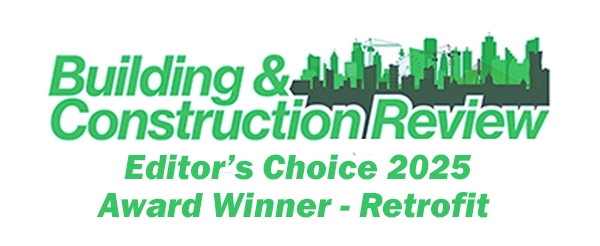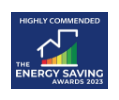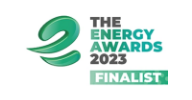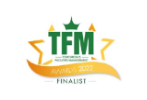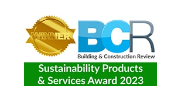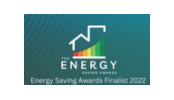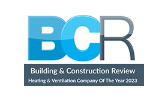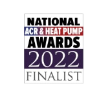Adveco AD Wall-Mounted Water Heaters For Commercial Properties
A range of three compact commercial semi-instantaneous gas condensing water heaters Perfect for applications requiring direct contact with soft and softened water Compact and smart for no-nonsense installation and maintenance Commercial hot water specialist Adveco, announces the Adveco AD range of high-efficiency condensing gas-fired wall-mounted water heaters. Designed to provide a compact, high capacity and … Read more


